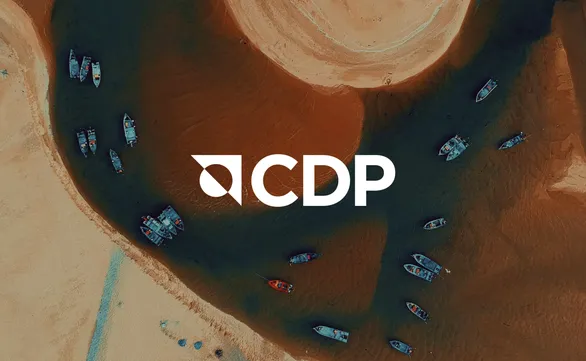From using sustainability reporting regulations to future-proof your business to leveraging ESG to improve financial performance, keep reading to learn what’s top-of-mind for sustainability leaders.
At our flagship event Climate Compass, we garnered insights from sustainability leaders, including L’Oreal’s Chief Corporate Responsibility Officer Alexandra Palt, Jérémie Joos, KPMG France’s Co-Head of ESG Center of Excellence, and ERM’s Director of Climate Change and Corporate Sustainability Caroline Brun Ellefsen. They shared how to effectively drive sustainability across an entire organization – and become a Forever Company.
Here’s a handy summary to guide the next steps of your green transformation:
1. Use sustainability reporting regulations to future-proof your business
CSRD, SFRD, SDR, it’s time to get ready for sustainability reporting regulations. But future-thinking companies will go beyond regulatory requirements and use carbon and ESG data to future-proof their business. On top of avoiding unnecessary compliance risks, these insights have helped businesses to be more resilient to global market shifts and will lay the groundwork for reporting emerging KPIs, such as biodiversity.
And with COP28 on the horizon, your climate journey will be under the spotlight, making transparent reporting essential to avoid greenwashing accusations and maintain brand credibility.
2. Add carbon and ESG software to your tech stack
With global market uncertainty and the economic slump, companies can’t reasonably justify spending 150 staff days and €150,000 on consultants just to complete quarterly extra-financial reports. Companies must leverage technology to streamline data collection and measurement. Adding carbon and ESG software to your tech stack means spending less time on reporting, and more time on improving your impact. Crucially, you can use this new-found time and insights to implement a sustainability strategy that’s aligned with your business goals.
3. Harness the collective intelligence of the entire C-Suite
Companies will struggle to meet their carbon and ESG commitments without involving the entire C-Suite. Whether it’s the Chief Marketing Officer preventing greenwashing pitfalls, the Chief Procurement Officer working with suppliers to implement a collective decarbonization strategy, or the Chief Finance Officer aligning business and sustainability goals, everyone has a role to play. The leadership team must take ownership of driving sustainability within their assumed discipline and across the company.
4. Train your staff on integrating ESG into your business model
To thrive in the low-carbon economy, companies need to embed ESG considerations into their DNAs. Since it requires transforming your business model, education and collaboration are integral parts of a robust sustainability strategy. Go beyond implementing meat-free days at your staff canteen. It’s about re-thinking where materials are sourced, the types of product packaging, and how to market new eco-friendly products to consumers. This 360-degree approach to sustainability starts with providing your employees with the right tooling, guidance, and resources to transform your business model.
5. Leverage extra-financial information to increase business performance
Organizations that consider both financial and extra-financial data to inform their strategies will stay ahead of competitors and be the winners of the green transition. As mentioned by KPMG’s Joos, this approach can yield positive results, including increased growth margins, improved P&L statements, and employee performance. It’s a no-brainer: ESG and carbon data can help optimize your operations, improve your impact, and find new opportunities for innovation. That’s how you can become a Forever Company.
Moving forward
At the end of the conference, a single message resonated across the room: Companies that align sustainability and business objectives will be the leaders of tomorrow’s low-carbon economy. Responsible leaders know that carbon and ESG tracking is no longer a nice to have, but a necessity to navigate the challenges and opportunities driven by uncertain climate, regulatory, and market changes.
The first step is to get an accurate overview of your overall footprint.
Resources
-
Webinar: How to prepare for the EU’s SFDR regulations. Sign up
-
Webinar: How to prepare for the EU’s CSDR regulations. Sign up
-
Guide: How to choose the right software to implement your sustainability strategy. Download it




